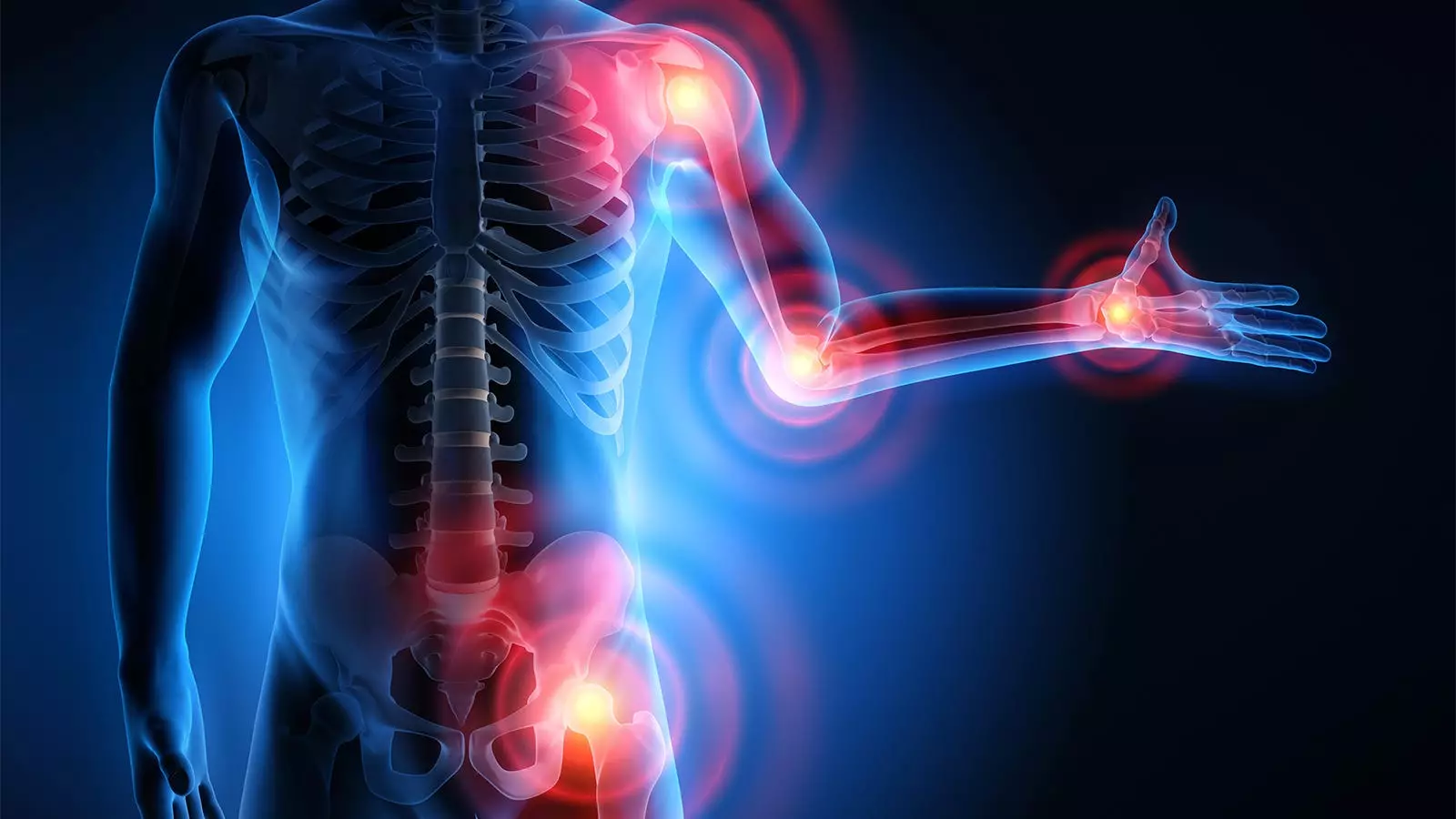Chronic pain is a pervasive issue in the United States, with recent data revealing that it impacts nearly 24.3% of adults. This alarming statistic, reported by experts at the CDC’s National Center for Health Statistics (NCHS), underscores a growing public health concern. Chronic pain, defined as pain lasting three months or longer, affects not just physical well-being, but also mental health and quality of life. As our society grapples with this complex condition, understanding the demographic trends, causes, and consequences becomes ever more crucial.
Demographic Disparities in Chronic Pain Prevalence
The 2023 data indicates significant variations in chronic pain prevalence across different demographic groups. Notably, women report higher rates of chronic pain compared to men, with 25.4% of women experiencing it versus 23.2% of men. Furthermore, age plays a pivotal role, as the likelihood of chronic pain increases markedly as individuals grow older—ranging from 12.3% among young adults under 30 to a striking 36.0% for those aged 65 and older. This age-related trend is alarming, especially given the projection of an aging population in the coming decades.
Additionally, ethnic identity appears to intertwine with chronic pain experiences. American Indian and Alaska Native adults report the highest percentages of both chronic pain at 30.7% and high-impact chronic pain at 12.7%. These figures highlight potential socio-economic factors or cultural differences that may contribute to these disparities, necessitating focused public health strategies to address the needs of these vulnerable populations.
Geographic location is another influential factor in chronic pain prevalence. The data show a stark contrast between individuals living in metropolitan and nonmetropolitan areas, with 20.5% of urban adults reporting chronic pain compared to an alarming 31.4% among those in rural regions. This discrepancy raises questions about healthcare access, environmental influences, and lifestyle factors that may disproportionately affect rural populations, making it crucial for public health policies to address these inequalities in care.
High-impact chronic pain, characterized by its debilitating effect on day-to-day activities, is reported by 8.5% of U.S. adults. This form of chronic pain not only limits physical functioning but also greatly diminishes overall life satisfaction and can lead to severe psychological consequences, such as anxiety and depression. The analysis of the data reveals that high-impact chronic pain is more prevalent in older adults, further complicating the health landscape as this demographic grows.
The implications of these findings are significant; high-impact pain conditions are often associated with increased healthcare utilization as individuals seek relief and manage their conditions. This demand for medical care translates into considerable economic burdens, not only for individuals and families but also for the healthcare system at large.
Long-term Consequences of Chronic Pain
Chronic pain is not merely a physical ailment; it often intertwines with other health issues, including mental health challenges and substance misuse. The rise in opioid prescriptions in response to chronic pain signals a critical public health concern, as opioid misuse can precipitate a cycle of dependency and further health complications. Understanding the multifaceted nature of chronic pain is essential to developing more effective treatment options and support systems that can improve both physical and psychological well-being for affected individuals.
Concluding Thoughts and Future Directions
The data presented by the CDC paints a sobering picture of chronic pain as a prevalent and escalating public health issue in the U.S. Addressing this crisis calls for a nuanced understanding of the demographic trends and social factors contributing to the rise in chronic pain incidents. Future public health strategies must aim to enhance access to comprehensive care, improve healthcare resources for high-risk populations, and prioritize mental health support for those suffering from chronic pain. By focusing on these strategies, we can begin to tackle the underlying complexities of chronic pain and ultimately promote a healthier society where individuals can thrive despite their conditions.


Leave a Reply